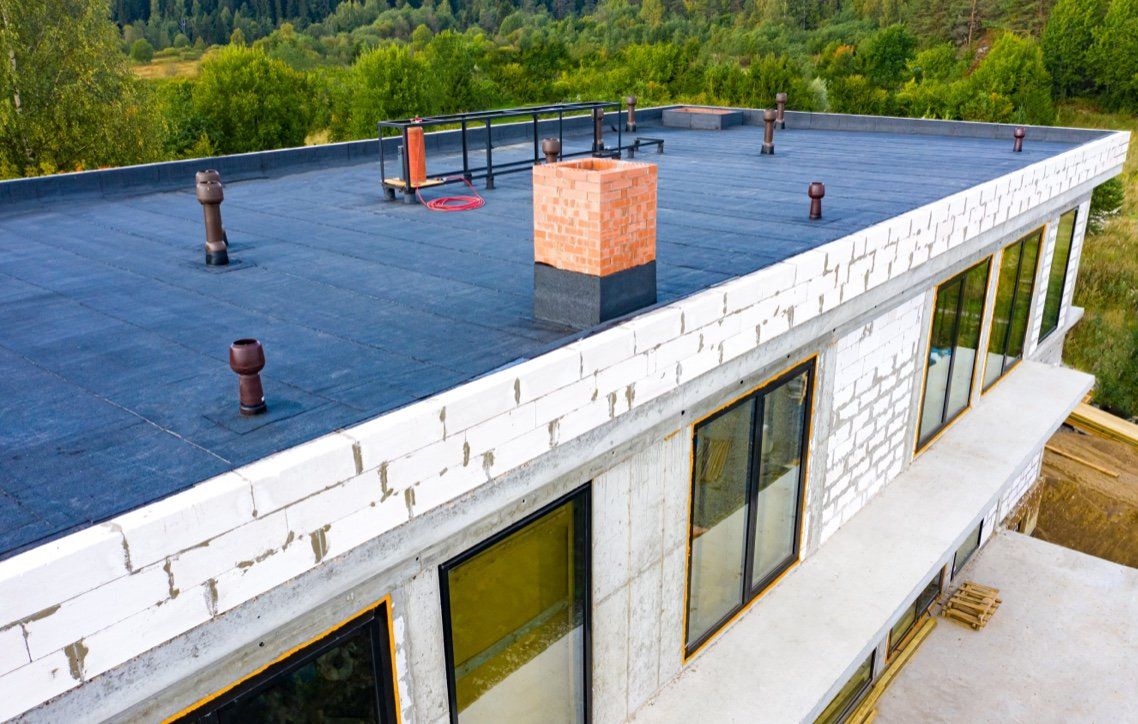Your roof color isn’t just for curb appeal—it has practical implications for your home’s energy efficiency and comfort. Here’s how to choose the best roof color based on your climate.
The Science of Roof Color and Heat Absorption
Roof color has a direct impact on how much heat your roof absorbs. Darker colors, like black, trap heat, warming your home, while lighter roofs, like white, reflect sunlight and help maintain a cooler indoor temperature.
When to Choose a Light or Dark Roof: Climate Considerations
The color of your roof should be based on your region’s climate:
- Warm Climates: If you live in a hot climate, a white or light-colored roof will help reflect the sun's heat, keeping your home cooler and saving on energy bills.
- Chilly Climates: In cold climates, darker roofs absorb more sunlight, helping to keep your home warmer and reducing heating costs.
- Mild Climates: In regions with moderate climates, you may opt for neutral or slightly darker tones, depending on your home’s insulation and energy efficiency requirements.
The Role of Roof Colors in the Urban Heat Island Effect
White roofs are especially effective in reducing the urban heat island effect—where city areas experience higher temperatures due to dark surfaces like asphalt and roofs. By reflecting sunlight, white roofs can contribute to cooler city temperatures and lower energy consumption on a larger scale.
Tips from Weathercraft for Selecting Roof Colors
To help you choose the perfect roof color, keep these tips in mind:
- Weather Conditions: Think about your region’s weather patterns.
- Durability of Roofing Materials: Make sure your roofing material works well with the color you choose.
- Home Aesthetic: Choose a color that complements your home’s overall aesthetic.
- Long-Term Savings: Weigh the initial cost against future savings on energy bills.
At Weathercraft, we guide homeowners in choosing the ideal roof color and material to suit their needs and budgets.
